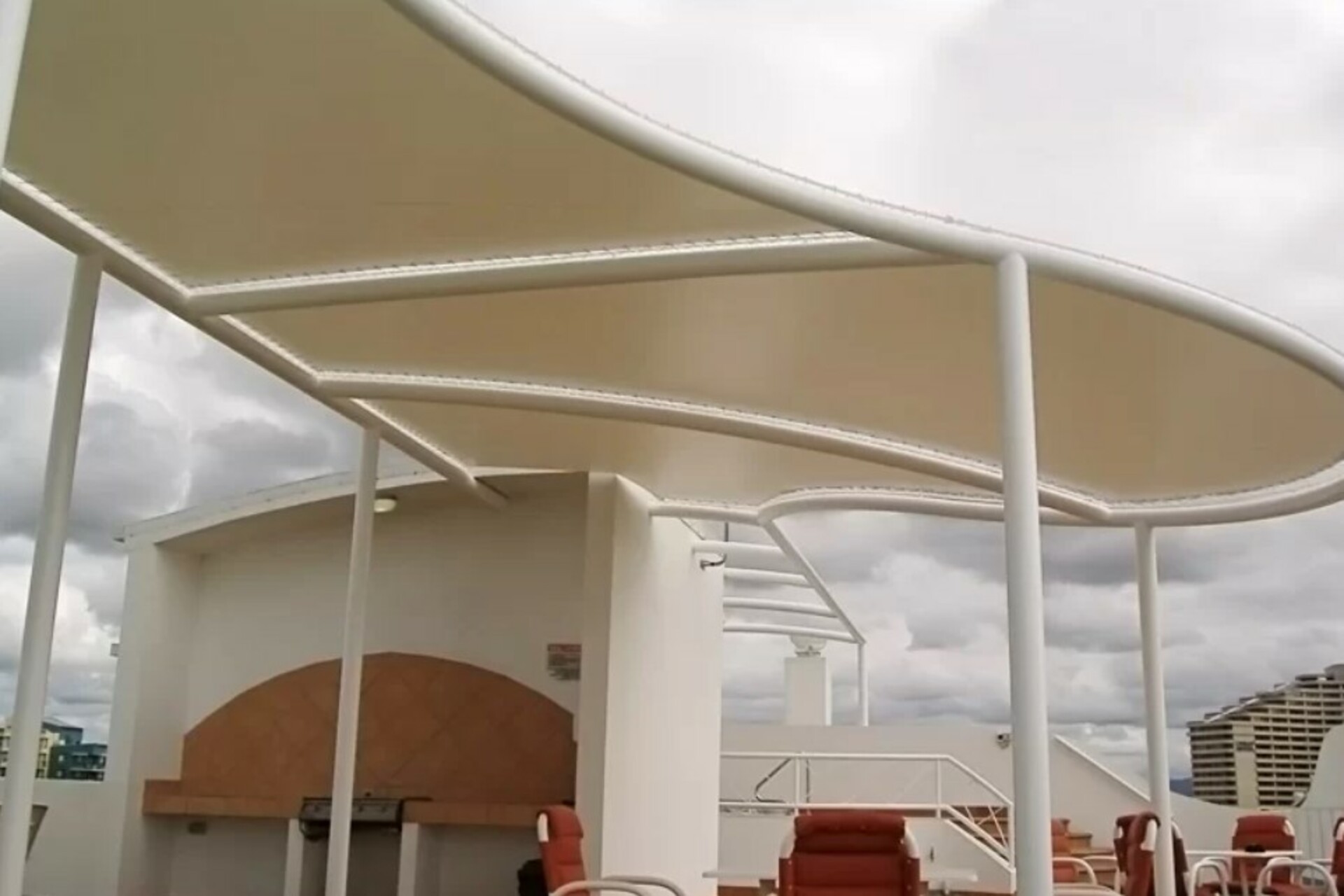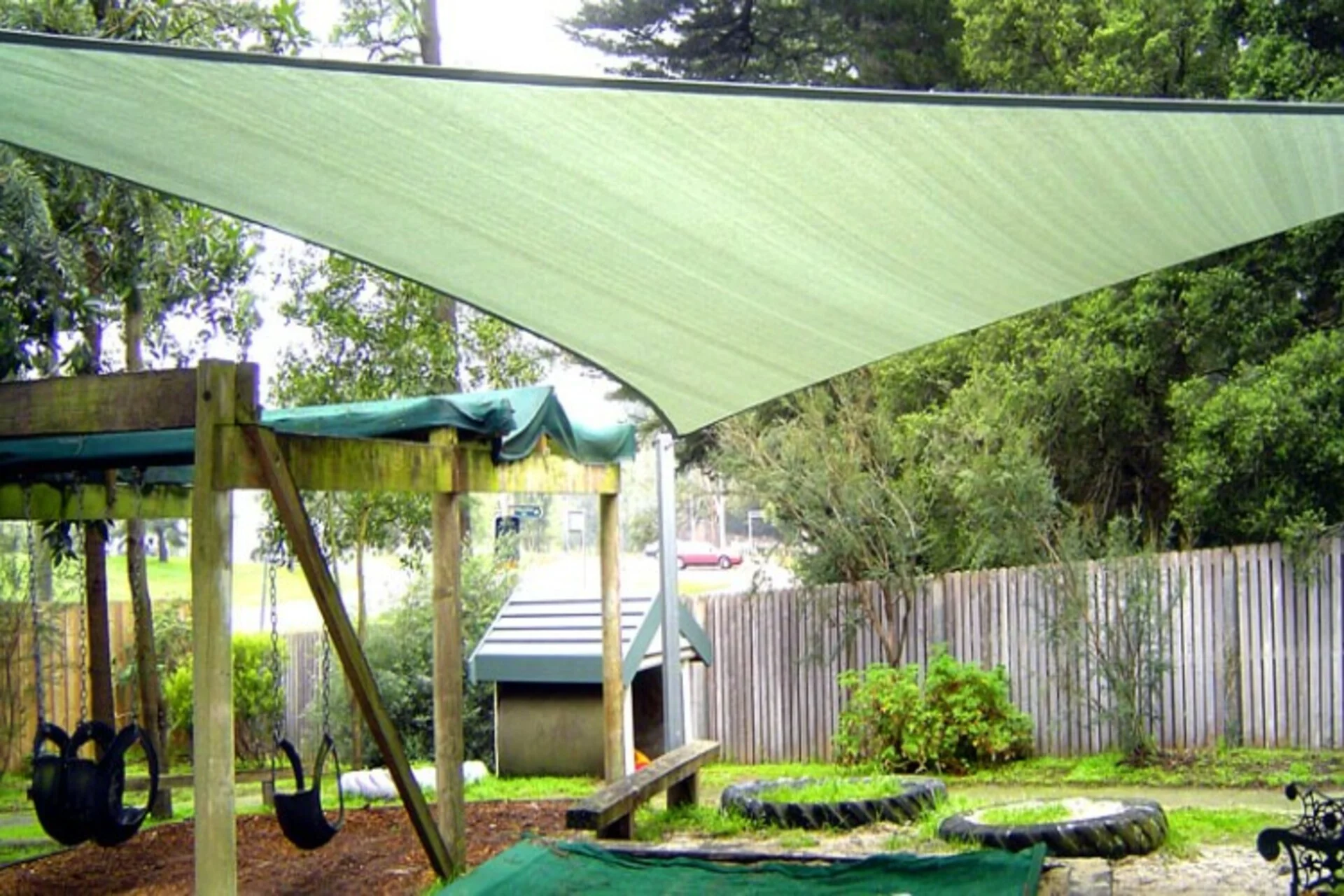Frequently Asked Questions About Shade Sail Gold Coast
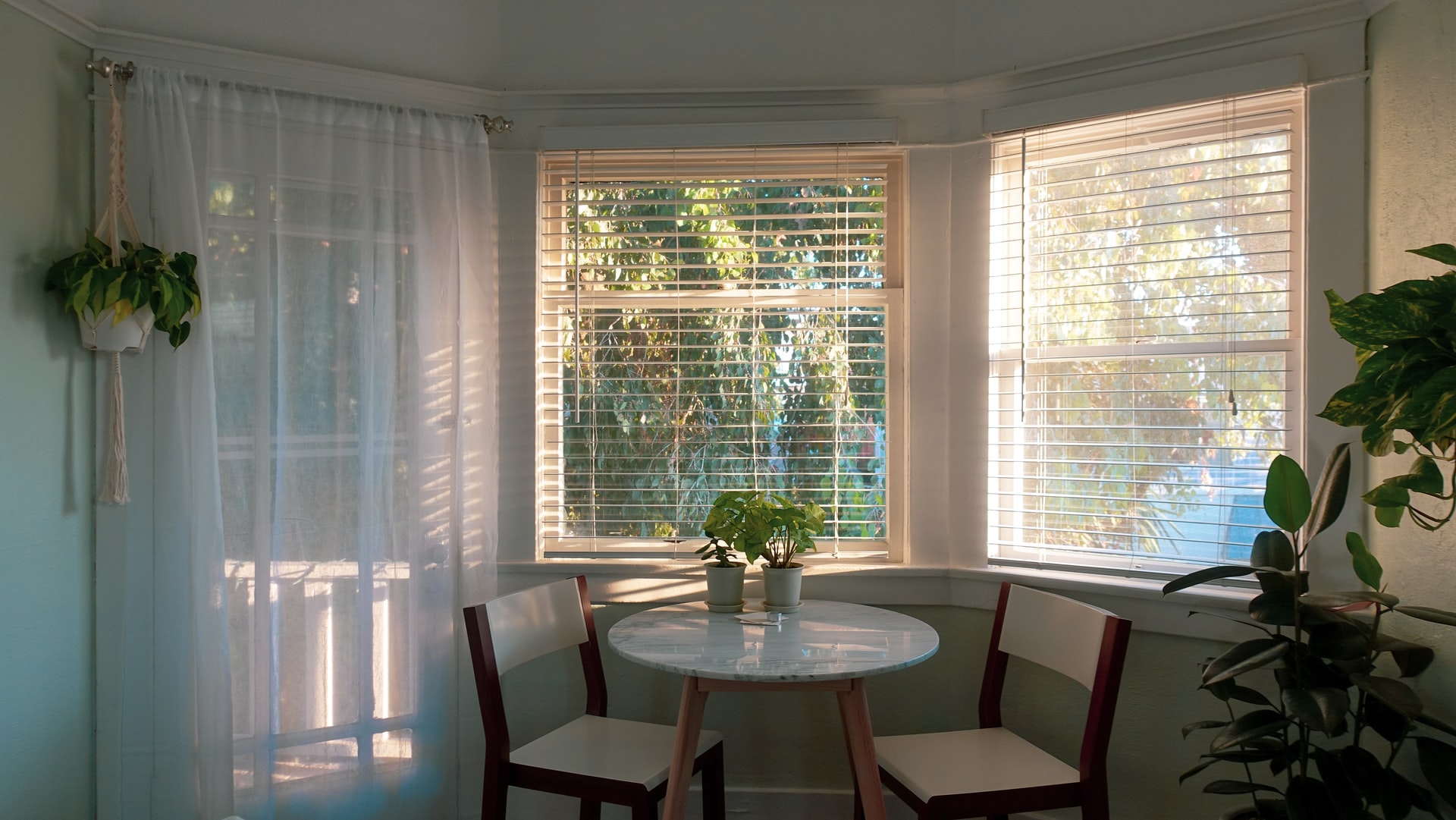
5 Most Common Problems Of Window Blinds and How to Fix Them
May 27, 2022
Common Mistakes in Installing Awnings
June 14, 2022Shade sails are no different to any product, there are a number of frequently asked questions. This article is devoted to answering these frequently asked questions about shade sail gold coast.
Hopefully you will find answers to your Shade Sail questions.
Are shade sails water-resistant?
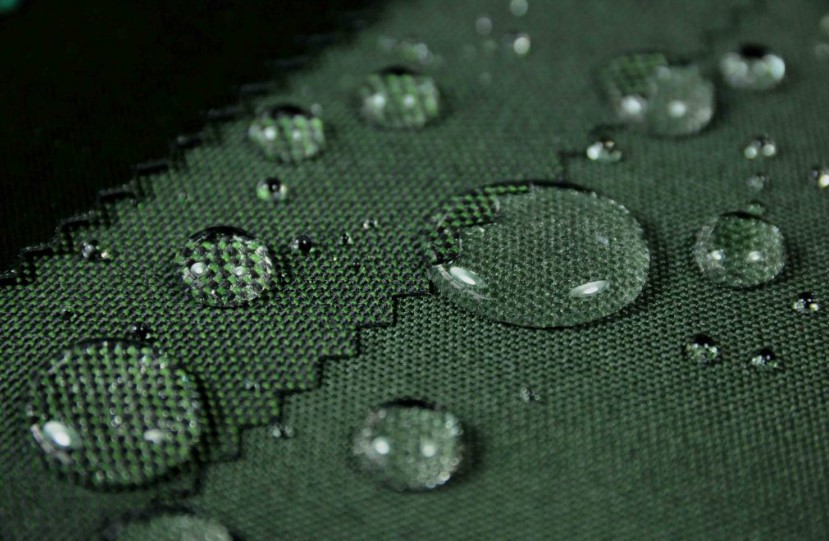
This depends on the sail you choose and the materials used to make it. The least expensive shade sails are typically composed of HDPE or polyethylene, a less expensive shade cloth material.
These materials are not waterproof. They resemble a very coarse netting material with holes that let some light through. Shade sails that are made from high-density PU-coated waterproof cloth can provide you with the waterproof feature.
This lightweight waterproof cloth, with proper installation, will shield from sudden downpours, offering up to 98 per cent UV protection. Shade sails are a practical way to keep a summertime outdoor gathering place dry.
How much wind can a shade sail withstand?
How much your shade sail withstands wind depends on the quality of the product you purchase and even more so on how it is installed. Good quality sun shades with the proper fasteners, when installed correctly, can withstand gusts up to about 75 mph (120 km/h).
The installation technique is important. Factors like wind funneling, mounting point strength, if extensions have been employed, the shape of the shade (flat, hypar, etc.), and mounting tension can all influence the shade’s capacity to endure stronger winds.
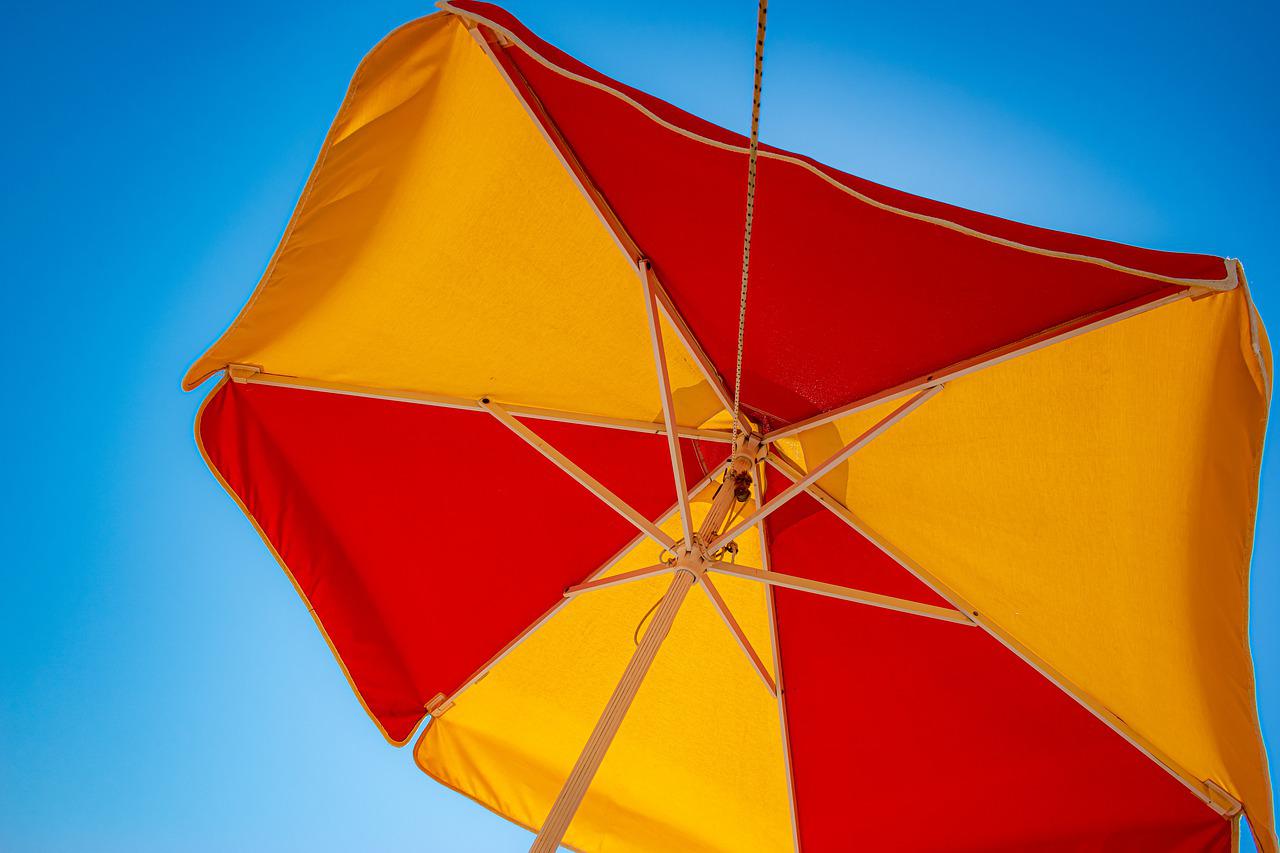
How Long Will Shade Sail Last?
Longevity of shade sails does depend on the quality of the product and installation. Cheaper shade sails may last from 1 to 3 years.
Quality branded shade sails last from 5 to 12 years.
So, if you are looking for a shade sail that will last longer, you should opt for a better quality one. Cheaper options are often compromised, both in strength and longevity.
How to Properly Install Shade Sail?
The location size and form will determine the best way to erect your shade sail from the many options available. It may be simpler to adopt a “free-spirited method” and attach the rope to the nearest points when installing the smaller shade sails.
However, for a much more permanent installation, we offer stainless steel fittings that can give your shade sail a tight, streamlined appearance. Some individuals have built pergolas to provide an all-year-round structure for a shade sail for an even greater DIY challenge.

Which shade sail size do I need?
Start by measuring the area that needs protection to establish the shade sail’s size. To ensure that the shade is effective in offering maximum coverage throughout the day, take the sun’s angle into account.
Check for the attachment point after determining the position and the area where the shadows are being thrown. Triangular shade sails offer greater installation flexibility and require fewer anchor points. For a distinct appearance, you can also think about a hypar design.
Generally, the shade will start 10–12 inches away from the attachment point. The sail can be fastened to the anchor points using stainless steel wire cable ropes, snap hooks, and turnbuckles.
Sails don’t have straight edges. For best wind resilience, the edges are softly curled. Keep at least an 18-inch space between shade sails if you are using many sails to cover the region so they don’t scrape against each other.
What causes shade sails to sag?
You correctly tensioned and installed a shade sail without drooping, but after a few months, you can see the sail sagging. Several people may have encountered this dilemma. Even after many years of installation, high-quality shade sail textiles do not tear or sag.
Therefore, if you invested in a high-quality sail but are still noticing some sagging after a few days or months, it is because:
- The supports have curved inward and are lighter than the size of the shade sail.
- Because it was not buried deeply enough, at least one of the posts has moved into the ground.
Any of the reasons mentioned above, or perhaps both of them, could have contributed to the drooping. Then, you can choose to remove the sail and reinstall the posts. If the posts are lighter, be careful to choose posts that are appropriate for the sail size. Contact us for expert advice or information.
How to Maintain Shade Sail?
Regardless of the quality of the sail, maintenance plays a significant role in how long it lasts. However, a high-quality sail can also make maintenance simple. A premium, virgin HDPE shade sail, for instance, won’t support the growth of mildew or fungus.
It is best to conduct routine maintenance to ensure that your shade sail will last longer and retain its good looks, especially if you are investing in a high-quality shade sail.
It is important to wash your sail as soon as you can when you spot leaves or bird droppings in the shade to prevent the stain from setting in and becoming permanent. Give it a quick wash right away. To ensure that your sail is properly washed, follow the instructions below.
- Remove the sail from the poles before you begin to wash it.
- Spread it out in the open on a clean surface so that it won’t get any more filthy.
- To prepare a bucket of soapy water, combine a mild liquid soap with enough water. You can use a liquid dish cleaner or woollen wash.
- Use a hose with low-pressure water to dampen the sail.
- From top to bottom, begin cleaning the sail with soapy water and a soft sponge. Avoid rough scrubbing or rubbing with any hard brushes on the sail.
- After you have cleansed a particular region, keep washing the soap away.
- After thoroughly cleaning the entire shade sail, give it one more rinse with low-pressure water from the hose.
- Allow the sun to dry it thoroughly.
- Reinstall your shade sail once it is completely dry.


